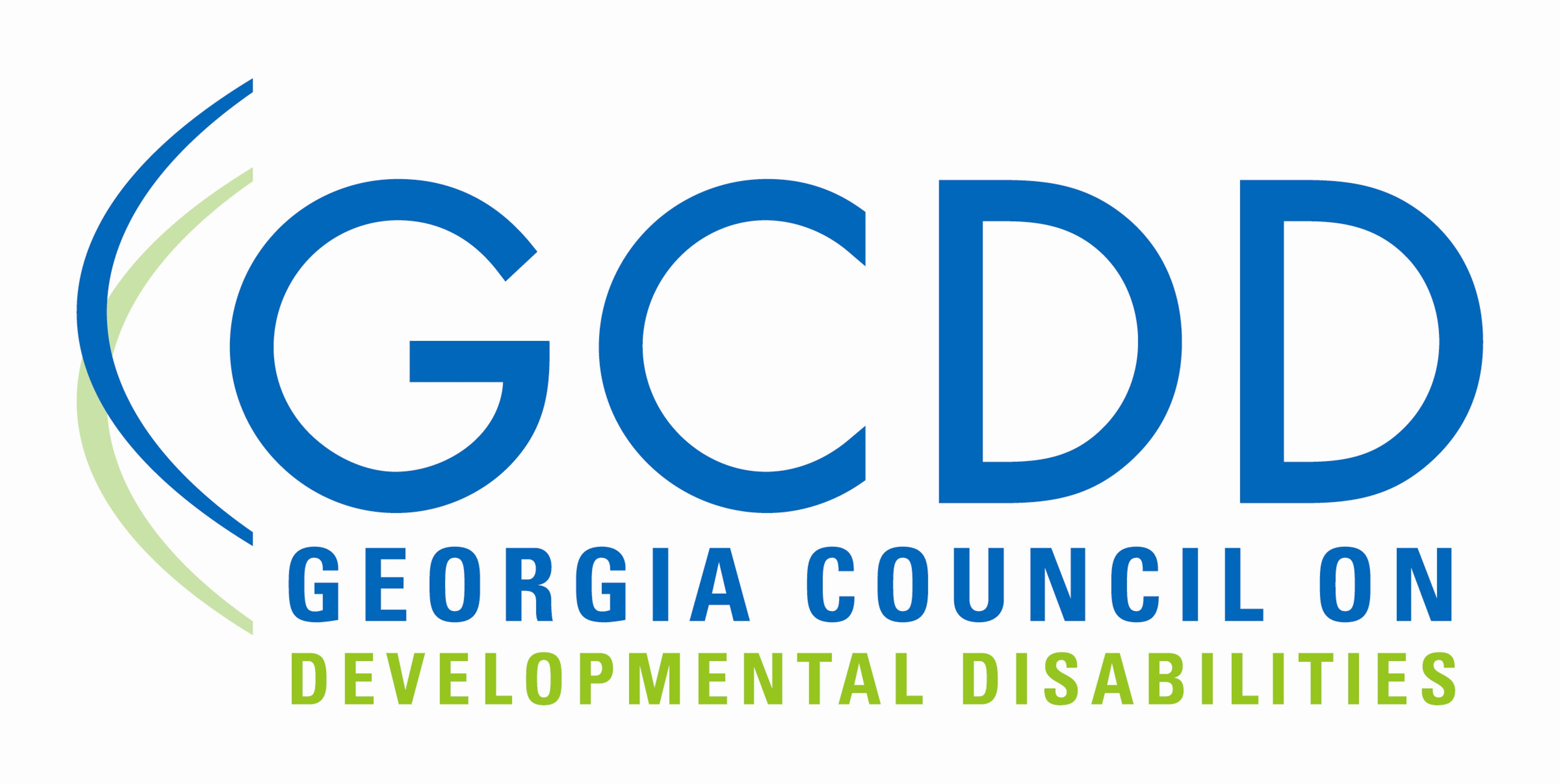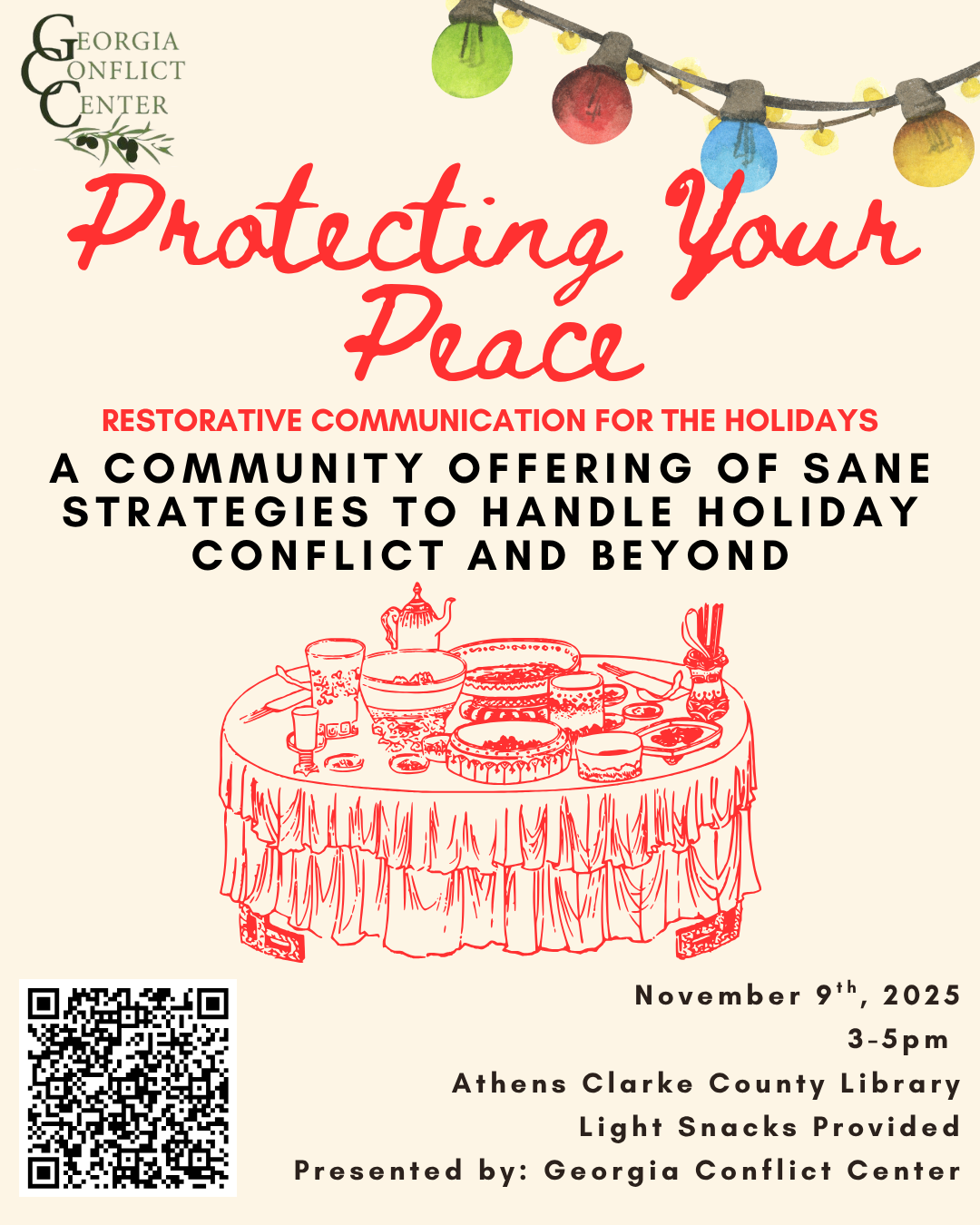History can be helpful as long as we don’t get stuck in it.
I’ve been interested in how to make work better for workers since I read a book called Working by Studs Terkel in 1981. That led me to graduate degrees in labor relations and human resources. Back in the 1980s and 90s, there was typically someone – a union steward or an HR representative – whose job it was to hear conflicts and grievances before they swelled to exasperating, expensive “issues” like strikes, EEOC claims and/or lawsuits.
Of course HR reps were not helpful to the same degree–and keep in mind that HR reps work for management, not workers–but one thing was valuable about a real person on site: you could talk about conflict, fears, and potential issues before they got worse. And back then, many HR reps like me could advocate for employees who were harmed or wronged in some way. We could go to bat for or with them in situations where rules didn’t make sense. We could give space to two or more people who either weren’t listening to each other or had assumed bad intentions.
I liken this work to preventative care for organizations: if you start to feel sick, ignoring symptoms and “pushing through” doesn’t work.
The great outsourcing of HR (around 2000) dovetailed with a spike in outsourcing and automation: payroll, benefits, onboarding, orientation, training, even performance reviews and terminations. Even the wealthiest corporations cut back on many HR-related roles.
But conflict at work didn’t decrease. Today odds are if companies offer a conflict resolution system, employees utilize an app or portal through which conflicts and grievances may be processed.
I bring up the past not to hammer on the ills of technology but to resurrect something one of my early mentors helped me understand: the goal is to work your way out of a job. What he meant was don’t simply get two people or parties to agree to a resolution, but give them the tools and resources they need to work it out themselves, without a third party.
Given where we are culturally and technologically, it’s unlikely that businesses will hire more HR and organizational behavior professionals. But there is a real need, I believe, for employee development and growth in the area of conflict. Here are some hidden but real and significant costs of various forms of conflict at work:
- Lower motivation becomes lower work engagement (less meaning, purpose, willingness)
- Quiet or soft quitting - doing the bare minimum means less quantity and quality of work
- Erosion of coworker relationships which almost always lowers productivity
- Decline in collaboration, sharing ideas
- Decrease in creativity which is based upon trust and vulnerability
- Perceptions of not feeling psychologically safe at work
- Forming unhealthy alliances based on win/lose thinking; them v us alliances
- Turnover (both voluntary and involuntary)
We at GCC see conflict as inevitable. Something not to be avoided or dealt with sarcastically, passively or aggressively. We believe conflict is best reframed as an opportunity for personal and organizational growth. And no handbook or set of policies will cover infinite scenarios that humans may encounter with one another.
Although GCC finds assessments of conflict styles (our tendencies or default modes in conflict) helpful, we have one prescription for how to broach and work through conflict. It is a restorative approach called nonviolent communication (NVC). Its four steps are simple to learn yet can be challenging when emotions are high.
The real ah-ha of NVC is that underneath every bad feeling (conflict) is an unfulfilled human need. Needs are universal to all of us. We all need to feel safe, to rest, to experience peace, respect. Once we uncover unmet needs below the surface of our feelings, we are able to make requests of others. (More on this in my next post.)
Finally, here’s what a restorative approach to conflict at work can do and what it cannot:
What RP Can Do - Short-Term ROI
Develop employees’ skills/capabilities
Give everyone practical tools that work
Give them a sense of collective focus
Save time by addressing, not stewing
Positively affect relationships outside work
Enhance curiosity, creativity, collaboration
What RP Cannot Do in Short-Term
Eradicate conflict (it’s inevitable)
Immediately change the climate/culture
Make everyone best friends
“Make” people use/practice NVC
What RP does in intermediate/long term (1-5 years)
Changes the culture of the organization
Increases trust among employees
Decreases complaints (and increases satisfaction) among clients/customers
Enhances engagement and meaning at work
Increases confidence and capabilities to resolve conflict, without need for intermediary
In my next post, I’ll cover each step of NVC and how restorative practices and NVC go hand-in-hand to build a more empowered, engaged workforce. .
If you have thoughts on this post or if you want to talk to Danny or Lindsay Tabor, operations manager, about how GCC might help your organization, please fill out this form.























